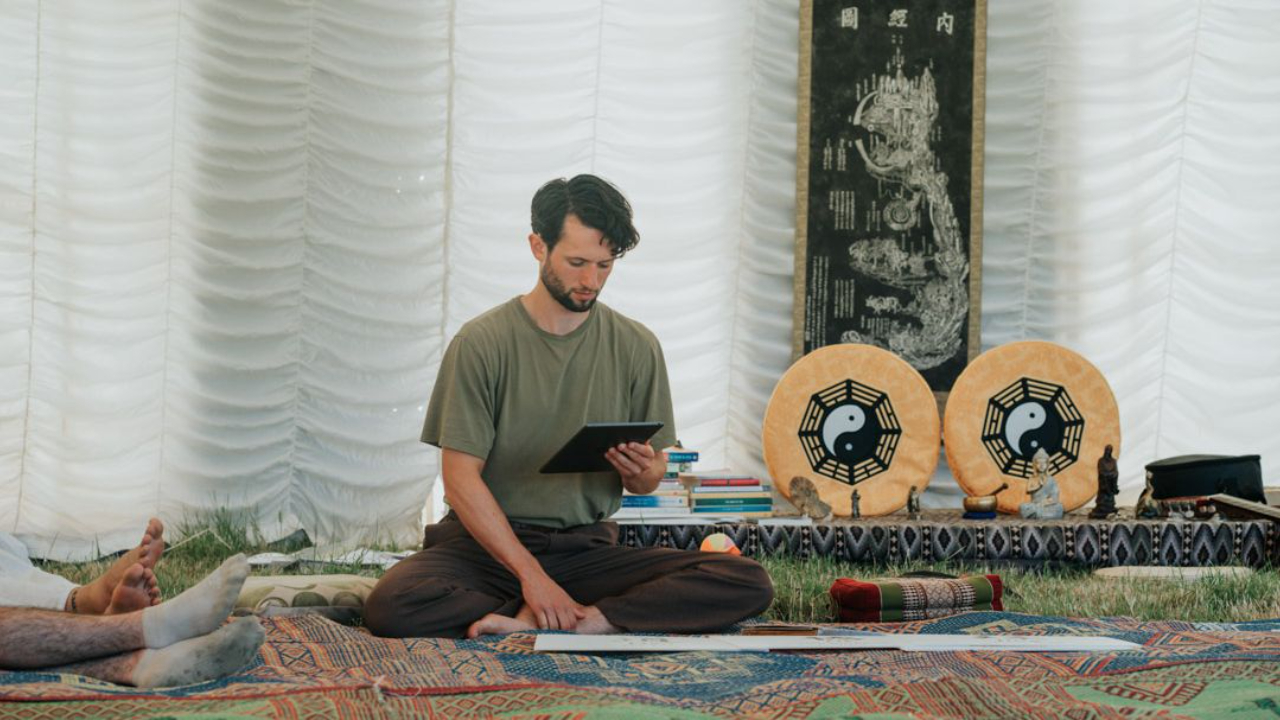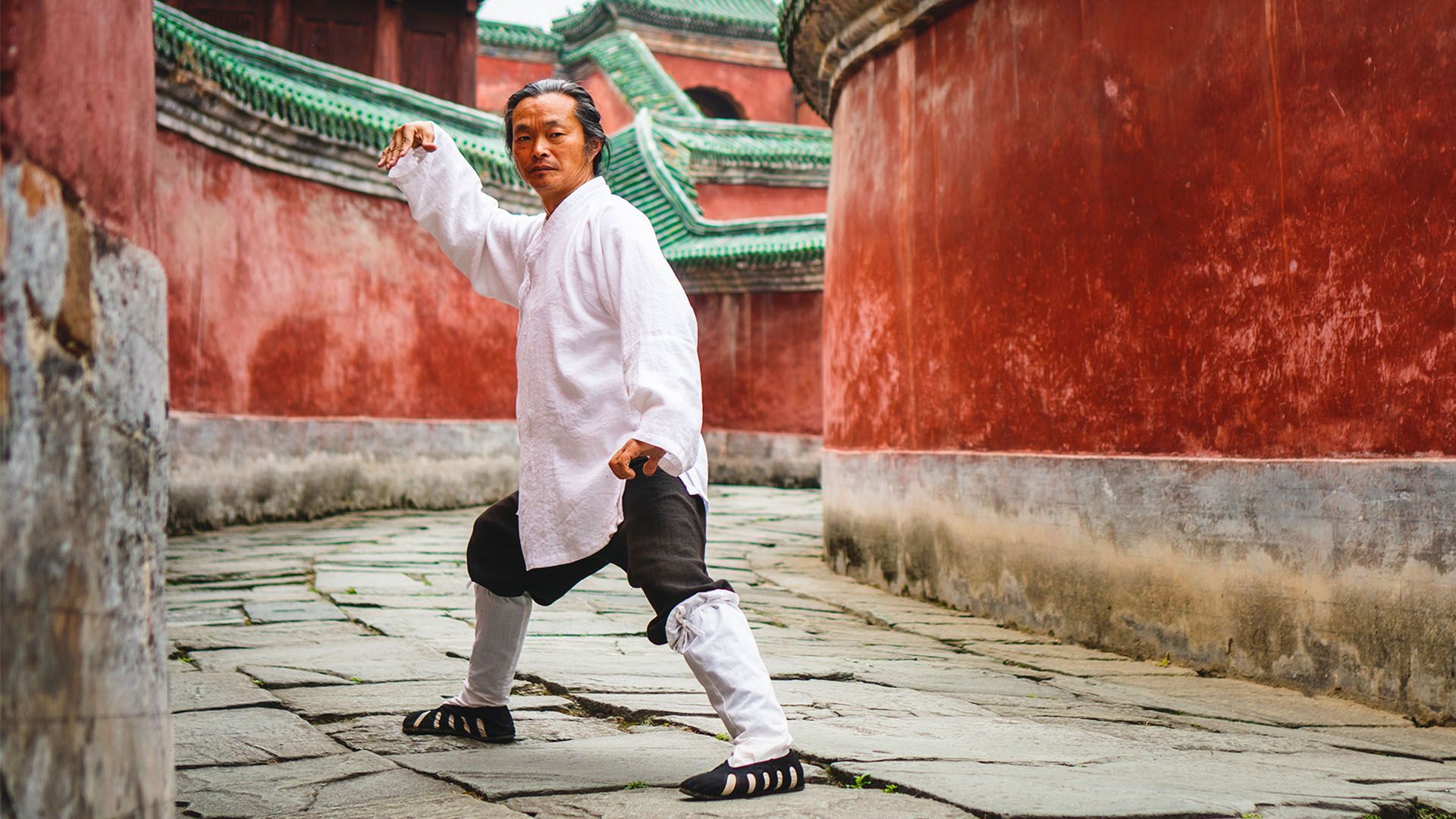5 Best Tai Chi Poses for Beginners
Apr 11, 2024
Are you struggling to find a low-impact exercise that improves balance and reduces stress? Tai Chi, an ancient martial art, can enhance physical and mental well-being. For beginners, mastering the basics is crucial, and starting with simple poses can pave the way for progress. In this article, we present the 5 best Tai Chi poses tailored for novices.
These poses, such as the Single Whip and White Crane, are fundamental in building a strong foundation in Tai Chi. By practicing these poses, you can unlock the benefits of improved posture, increased flexibility, and a calmer mind. Get into the complete guide below to start your Tai Chi journey with confidence.
The Role of Posture in Tai Chi
In Tai Chi, posture plays a central role, aligning the body to channel energy effectively. A correct stance enhances stability and allows for smoother transitions between poses. Key characteristics of good Tai Chi posture include:
- Straight spine, with a natural curve.
- Relaxed shoulders and neck.
- Even weight distribution on both feet.
Practicing Tai Chi with proper posture can lead to better balance, increased flexibility, and a deeper connection to the martial art's principles. It's a foundational element that supports the practice's efficacy.
Interested in mastering the art of Tai Chi with correct posture? Join Master Gu's Tai Chi course at the Wudang Taoist Wellness Academy. Discover the secrets of this ancient practice and transform your well-being. Get started now!
The Importance of Breath and Meditation
Breath and meditation are pivotal in Tai Chi, merging the physical with the mental. Proper breathing techniques enhance oxygen flow, boost energy levels, promote relaxation, and reduce stress. Meditation, meanwhile, fosters focus and mindfulness, creating a harmonious balance between mind and body. Together, they form a powerful duo that elevates the practice of Tai Chi, transforming it into a holistic exercise that nurtures both physical and mental well-being.
Tai Chi Poses for Beginners
- The Opening Pose (Embracing the Qi)
- The Parting Wild Horse's Mane (A Foundational Tai Chi Form)
- The Single Whip (Mastering Balance and Sway)
- The White Crane Spreads Its Wings (Enhancing Posture and Grace)
- The Brush Knee and Push (Integrating Movement and Pushing Hands)
1. The Opening Pose:
Begin your tai chi practice with the Opening Pose to activate your qi. Stand with your feet shoulder-width apart, align your spine, and relax your body. Inhale deeply through your nose, raising your arms, then exhale, lowering them to your sides, feeling the flow of energy.
2. The Parting Wild Horse's Mane:
In this tai chi form, imagine parting a horse's mane. Start from the Opening Pose, step forward with one leg, shift your weight, and extend your arms as if pushing apart the mane. This movement enhances balance and coordination, strengthening your legs and back.
3. The Single Whip:
The Single Whip is a key tai chi posture that improves balance and flexibility. From a bow stance, extend one arm forward with the wrist bent, while the other hand forms a hook. Rotate your body, maintaining a stable base, as you shift your weight and sway gently.
4. The White Crane Spreads Its Wings:
This elegant tai chi posture symbolizes a crane spreading its wings. Stand on one leg, raising the knee of the other leg while extending your arms outward. Focus on maintaining alignment, activating your core, and achieving a natural balance to enhance your posture and grace.
5. The Brush Knee and Push:
In the Brush Knee and Push, step forward while simultaneously brushing your knee with one hand and pushing forward with the other. This tai chi movement integrates fluid motion with the martial art aspect of pushing hands, promoting joint flexibility, and teaching you to move with intention.
10 Benefits of Practicing Tai Chi
- Enhances mind-body connection through rhythmic movements.
- Improves natural balance and alignment, reducing the risk of falls.
- Promotes deep breathing and relaxation, releasing tension.
- Strengthens joints and muscles with low-impact postures.
- Increases flexibility, especially in the lower back and spine.
- Encourages a flow of energy, aiding in overall well-being.
- Supports meditation practice, fostering mental clarity and peace.
- Offers a form of self-defense application through certain postures.
- It helps in the activation of every part of your body for holistic health.
- Facilitates better posture without straining, promoting a healthy spine.
Tips for Beginners
- Start with basic tai chi forms like the 24 or 108 postures to build a solid foundation.
- Focus on maintaining a relaxed and upright posture without straining any part of the body.
- Practice regularly, even if it's just a few minutes a day, to develop consistency and progress.
- Pay attention to your breath, ensuring it's deep and done through the nose to enhance relaxation.
- Learn from a qualified instructor or grandmaster to ensure proper technique and guidance.
- Be patient with yourself; tai chi is a journey, not a destination, and progress takes time.
- Listen to your body and modify movements as needed to avoid overexertion or injury.
Conclusion
Tai Chi journey with these beginner-friendly poses can be a transformative experience. As you integrate these practices into your daily routine, you'll notice a positive shift in your physical and mental health. Remember, the journey of Tai Chi is continuous, and each pose is a step towards achieving harmony between mind and body. Keep exploring different styles and postures to deepen your understanding and mastery of this ancient art. Have you experienced any changes in your well-being since practicing these Tai Chi poses?







